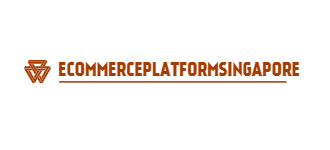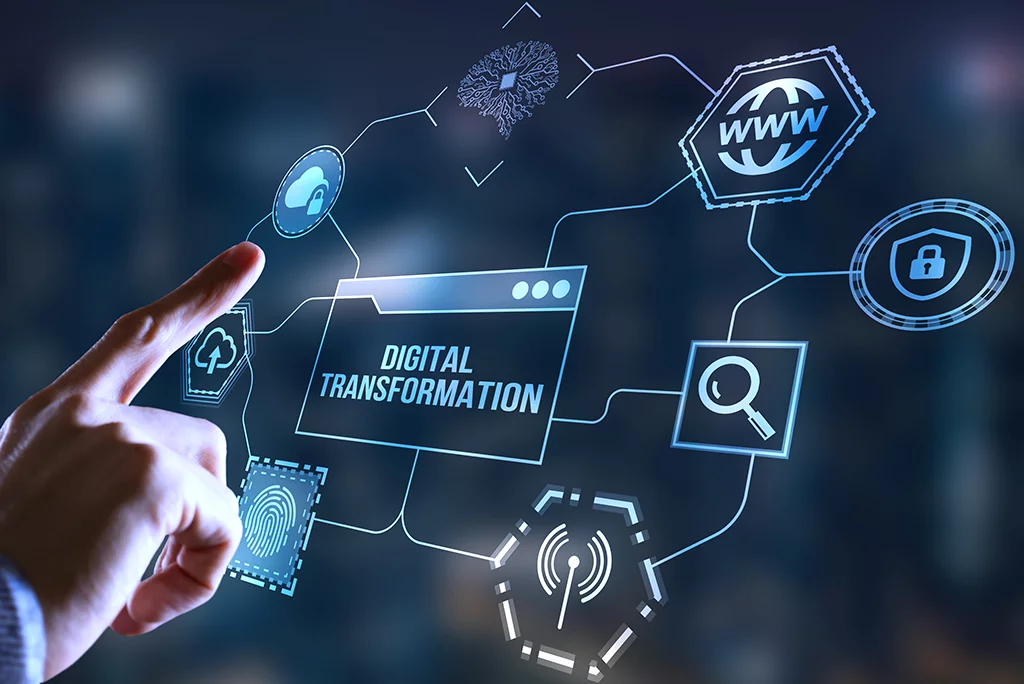Digital transformation isn’t just one thing. It can be changing from analog to digital business, or transforming the digital processes already in place in the company to improve them. Simply transforming from a pencil-and-paper style business to a computerized is known as “digitalization”, and it is just one aspect of digital transformation.
A couple of points before we dive in: digital transformation doesn’t just apply to businesses or retailers, but also to healthcare, banking, education, charities, financial services and more, so substitute any of the advice here to be relevant for your sector. It’s also worth pointing out that although this is written in the form of a numbered list, it is not a checklist. You don’t have to do all of these things in order to achieve digital transformation.
Digital transformation projects and initiatives can be broken down into 4 categories:
Revolutionise Your Company Culture
The first thing to understand is that digital transformation is not just about technology. It’s about the whole attitude and ethos of the organisation turning towards digital.
►►►► Please visit our products: Magento POS, BigCommerce POS, Shopify POS, Woocommerce POS, NetSuite POS, Mobile POS, White label POS, Reseller POS, POS System for Retail and Commercetools POS
You can have all the fanciest gadgets, the most powerful technology and the latest innovations in the world, but it won’t mean anything if the people in your organisation still have a Neanderthal way of thinking.
Cloud-managed services can’t manage without a new outlook that takes tech into account in everything it does, and headless commerce will head nowhere if employees don’t change their mindset to incorporate digital resources into their daily working processes.
So how do you introduce a tech-first approach into the minds and behaviours of your business? It can be tricky for large, established corporations that have lots of siloed departments, hundreds of staff and years of ingrained experience doing things the old-fashioned way. This is part of the reason why digital transformation is sometimes easier for startups and small- and medium-sized enterprises (SMEs).
Much like eco-friendly lifestyle changes, digital transformation cannot be mandated from the top down. Sending threatening emails to the whole workforce to “think digital or else” won’t work. Rather, the best way for brands and businesses to foster digital thinking in their employees is actually to start with one of the other types of digital transformation first.
So, it’s not necessary to start by transforming the company culture to be more digitally minded, nor is it necessarily the endpoint. Instead, it goes hand-in-hand with the other types of digital transformation. Those who say digital transformation is not at all about technology are wrong because the rest of the items on our list are firmly anchored in tech innovations…
Watch more: What is Digital Transformation Strategy? The 7 Key Principles
Take Advantage of the Internet of Things
The Internet of Things (IoT) is the entirety of physical objects that are connected wirelessly to the Internet. Examples can include, among other things, mobile smartphone devices, smart voice speakers, in-store barcode scanners, loyalty cards and locker keys that are connected to the world wide web.
Embracing the Internet of Things is an excellent way for digital transformation to transform your business. A great example of including digital transformation in the customer journey is the way COURTS Singapore joined mobile shopping with in-store shopping for an Omnichannel customer experience.
The retail megastore introduced a powerful new app and responsive mobile-first website, made using Magento, and linked them to the data they gathered about customers’ in-store shopping behaviours. This meant people could start, finish or undertake any part of their shopping journey the way they wanted – online or offline, or a mix of the two, even using their phones in-store to access time-limited coupons and discounts.
That type of digital transformation solutions is firmly customer-centric, and designed to drive the customer experience (CX). But the IoT doesn’t have to be limited to just impacting customers. It can also be used by workers to make their working processes more agile.
This was the case for the luxury retailer of sunglasses ZeroUV when they transformed the way they managed stock status and fulfilment in their warehouses. They synchronised the order information from their stores and other channels like Amazon sales and fed this into their warehouse management hardware through a specially made digital middleware to revolutionise how they handled inventory and processed orders.
With these changes, the general attitude within both of these companies also shifted to become more digitally focused. In this way, the second type of digital transformation helps foment the first.
Replace Your Legacy Monolith IT with New Tech
If the previous type of digital transformation was mainly customer-centric, or at least based on altering company processes and people’s behaviours, this one is decidedly tech-centric. In fact, when most CEOs and CIOs talk about digital transformation technologies, they are normally thinking of this.
Many large companies have old IT systems that they have been using for years or decades. These great hulking machines are built on an outdated all-in-one model from the days when we thought it was best for a company to have all their tech together in one server room with a groaning floor.
Nowadays, the majority of digital transformation initiatives focus on migrating a business’s services from one of these monoliths to newer, more agile technology. This can either be done all at once, or a little bit at a time. Newer, smaller companies don’t have so many old-fashioned IT systems to replace, which is another reason digital transformation is easier for startups.
There are 4 technology innovations that are best for businesses to install for digital transformation:
- Cloud managed services
- Headless commerce
- Microservices
- Application Programming Interface (API)
Australian beauty product retailer, N-Essentials, harnessed technological upgrades for the digital transformation of their website by replacing their previously existing network of complex plugins that they had collected over the years and which often contradicted each other, slowing down the site load times. Instead, they migrated their site to BigCommerce, a full-stack eCommerce platform that came preloaded with all the features they needed.
Watch more: Top 10 Digital Transformation Services Companies
Switch Up Your Business Model
Finally, you can transform your business to compete in the modern digital environment by changing the business model. We can see examples of this in the way Netflix spent the first 10 years of its life sending DVDs to clients in the mail before reimagining what media could be with its streaming service.
Amazon is another fantastic example of a company that expanded into an entirely new market, from commerce marketplace to cloud-managed web services, with the launch of AWS. This was an example of digital transformation wholesale, with the company completely shifting into a new digital sphere and not just doing the same old things but in a more digital way.
Andrew Annacone, Managing Partner at TechNexus, divides these into two separate types of digital transformation that he calls “Business Model Transformation” and “Domain Transformation” respectively. But they both focus on the core direction the business is going in, not the tech it uses on the front end or the back end, or the company ethos.
“By changing the fundamental building blocks of value, corporations that achieve business model transformation open significant new opportunities for growth.” Andrew Annacone, Managing Partner at TechNexus
Whatever you call it, it is in some ways the most difficult and the riskiest type of digital transformation. That’s because it requires creativity to imagine doing things in such a radically different way and daring to pursue it although it might be an idea too ahead of its time to work.
What Areas of Digital Transformation Do I Need to Focus On?
You need to start getting rid of all your out-of-date tech structures and replacing them with new cloud-based microservices, and you need to use the Internet of Things in your business processes. These changes will help to bring about a digital revolution in the mindset of the people in your company as a whole.
So, while there’s no one-size-fits-all answer here, you should definitely try to do numbers 1, 2 and 3 on this list. Number 4 is not necessary, but if done correctly digital transformation of your business model can reap enormous profits. In the end, you have to find the right mix of various types of digital transformation that works for you and go all in with it.
SmartOSC provides digital transformation services to all kinds of organisations. To discuss your digital transformation project with an expert, fill in a contact form and we’ll get back to you ASAP or call our hotline to speak to an expert directly. Contact us now!
Source: https://www.smartosc.com/4-types-of-digital-transformation-projects/

